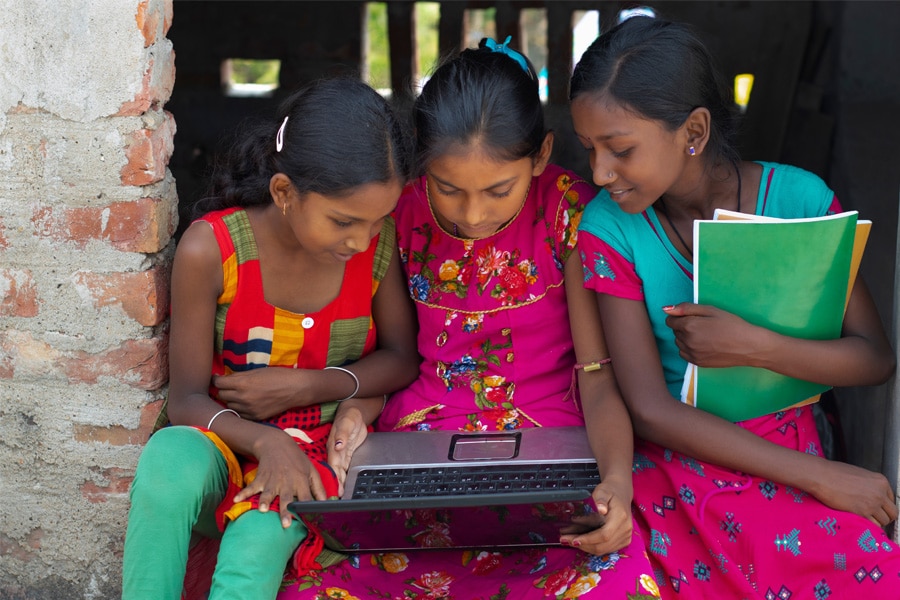
Democratising Education in India: Breaking barriers and building bridges
Democratising education in India means making it inclusive, equitable, and accessible to all, irrespective of socio-economic background. Here's how it can be done
 Democratising education in India means making it inclusive, equitable, and accessible to all, irrespective of socio-economic background.
Image: Shutterstock
Democratising education in India means making it inclusive, equitable, and accessible to all, irrespective of socio-economic background.
Image: Shutterstock
While India has many top educational institutions of world standard, like the IITs, IIMs, AIIMS and other top colleges, beyond the first tier, there is a large vacuum in quality higher education opportunities. This is especially true for Tier II and smaller cities and towns. The top institutions offer admission to a fraction of the aspirants who are privileged enough to afford it. With a burgeoning population and a dynamic socio-economic fabric, there is an urgency to bridge the chasm between the academically privileged and the masses and make education accessible and affordable, transcending traditional barriers.
Education is a fundamental right and a critical tool for socio-economic mobility. Democratising education in India means making it inclusive, equitable, and accessible to all, irrespective of socio-economic background. This is not just a moral imperative but an economic one, too. According to a World Bank report, equitable education can substantially increase India's GDP growth.
India, with its vast and diverse population, faces a unique challenge in education.
- One-size-fits-all approach: The Indian education system often operates on a uniform curriculum, not considering individual learning paces and styles. This leads to a lack of personalised education, which is crucial for effective learning. The standard classroom training model ignores the variance in the background, prior knowledge and readiness of the student and cannot be customised for individual students to cater to their unique requirements,
- Scarcity of quality content and educators: There is a significant shortage of qualified teachers, especially in remote areas.
- Dated content not meeting current industry needs: This is especially true in management and technology, where the changes are substantial with the advent of the Internet, AI, Machine learning, Robotics and Smartphones,
- Limited access to premier institutions: The hyper-competitive nature of entrance exams to top institutions, like the Joint Entrance Examination (JEE) or the National Eligibility cum Entrance Test (NEET), creates high pressure and is often unattainable for many. Only a miniscule fraction of aspirants get admission to the top institutes. Many examinations need expensive entrance examination coaching for years, which is unaffordable to most students.
- The rural-urban divide: The top institutions are predominantly in major cities. The costs of top-quality higher education can be daunting for most Indians if they need to move to another location.
The advent of digital learning platforms has begun to bridge the educational divide. Massive Open Online Courses (MOOCs), e-learning portals, and government initiatives like SWAYAM (Study Webs of Active Learning for Young Aspiring Minds) are pivotal in this transformation. These platforms offer a range of courses from top universities at minimal or no cost.
[This article has been published with permission from IIM Bangalore. www.iimb.ac.in Views expressed are personal.]







